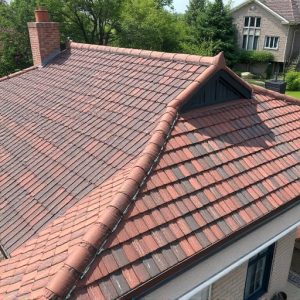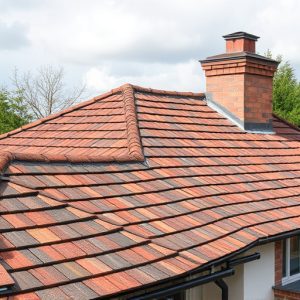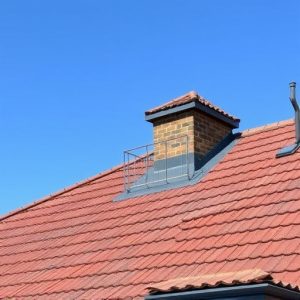Maximizing Protection: A Guide to Upgrading Your Shingle Roofing System
When considering roofing options for protection and longevity, asphalt shingles are a popular choice…….
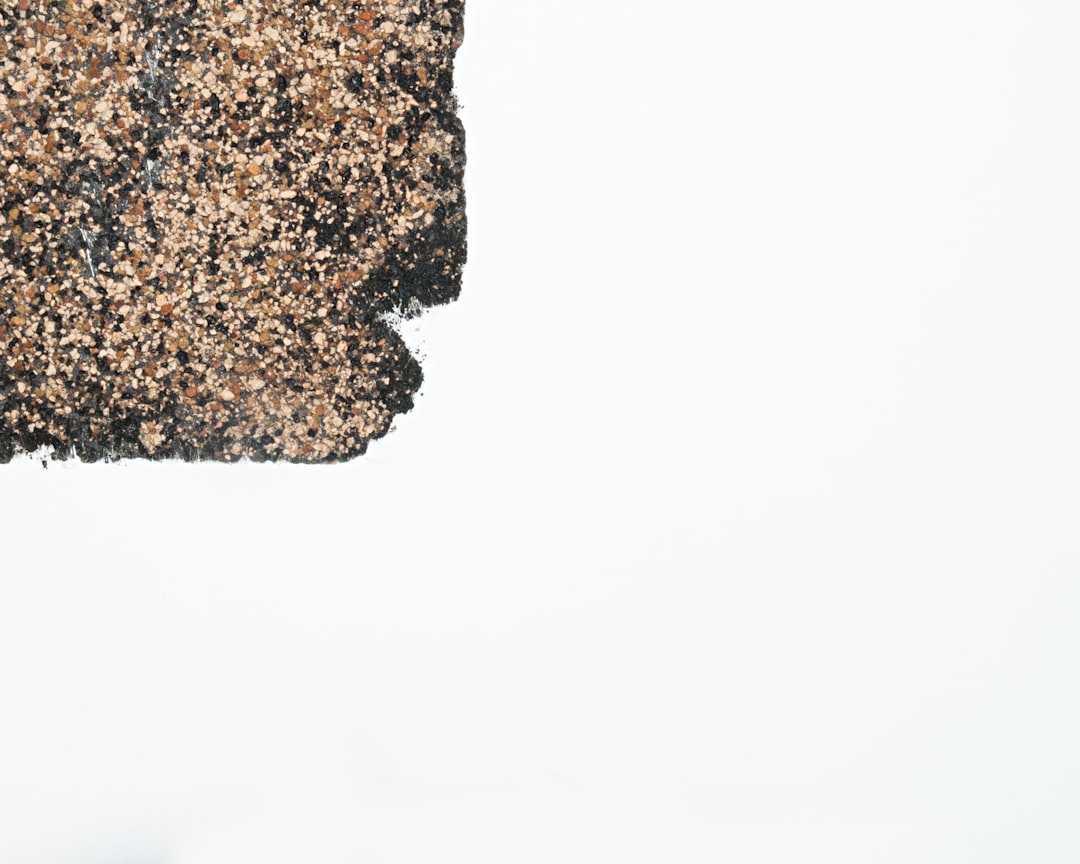
When considering roofing options for protection and longevity, asphalt shingles are a popular choice due to their cost-effectiveness and durability. They come in two styles, three-tab and architectural, with the latter offering better strength and aesthetic appeal. Asphalt shingles typically last between 15 to 30 years, depending on factors like climate, installation quality, and maintenance. It's crucial to inspect existing shingle condition before installation or repair to ensure optimal protection. Homeowners should focus on the granule coating of shingles, which protects against UV radiation and maintains structural integrity.
For roof shingle replacement, a detailed approach is necessary for the roof's longevity and integrity. This involves inspecting for compromised shingles, removing old ones carefully to preserve the wood sheathing, addressing any deck damage, and using asphalt roofing cement to prevent moisture ingress. Measuring and cutting new shingles correctly, with proper overlapping, is essential for water resistance. High-quality architectural shingles provide better durability and wind resistance. In areas prone to ice dams or extreme weather, an ice and water shield membrane is recommended. Safety measures and compliance with local debris disposal regulations should be observed throughout the replacement process.
Regular upkeep and assessments are vital for a secure and dry living environment. Monitoring for signs of aging shingles and conducting professional inspections post-extreme weather events can help determine necessary repairs or replacements. Given that most shingle systems have a lifespan of 20 to 30 years, planning for replacement is advisable. Upgrading to modern, high-performance shingles can offer enhanced durability, better resistance to environmental stressors, and energy efficiency, improving home comfort and efficiency. The latest advancements in roofing have significantly improved the durability, safety, and longevity of shingle installations through lamination, zonal reinforcement, fire-retardant components, and reflective granules. State-of-the-art equipment like hydraulic nail guns ensure precise shingle placement for a robust and secure waterproof barrier. These enhancements adhere to industry standards, providing homeowners with a long-term secure and performing roofing system.
When it comes to safeguarding your home, the integrity of your roof is paramount. This article delves into the critical aspects of shingle replacement and installation, emphasizing how these practices fortify your residence against the elements. We’ll explore the various materials that constitute effective shingle roofing, their longevity, and the transformative impact they have on protection. Additionally, we’ll guide you through the step-by-step process of shingle replacement, ensuring you understand when it’s time to upgrade for enhanced security. Advanced installation techniques are also covered, highlighting how they contribute to superior durability and safety for your home. Enhancing your roof with the latest in shingle technology is not just about maintenance; it’s an investment in your property’s long-term resilience and peace of mind.
- Understanding Shingle Roofing: Materials and Longevity
- The Step-by-Step Process of Shingle Replacement for Enhanced Protection
- Evaluating Your Current Roof: When to Replace Your Shingles
- Advanced Techniques in Shingle Installation for Superior Durability and Safety
Understanding Shingle Roofing: Materials and Longevity
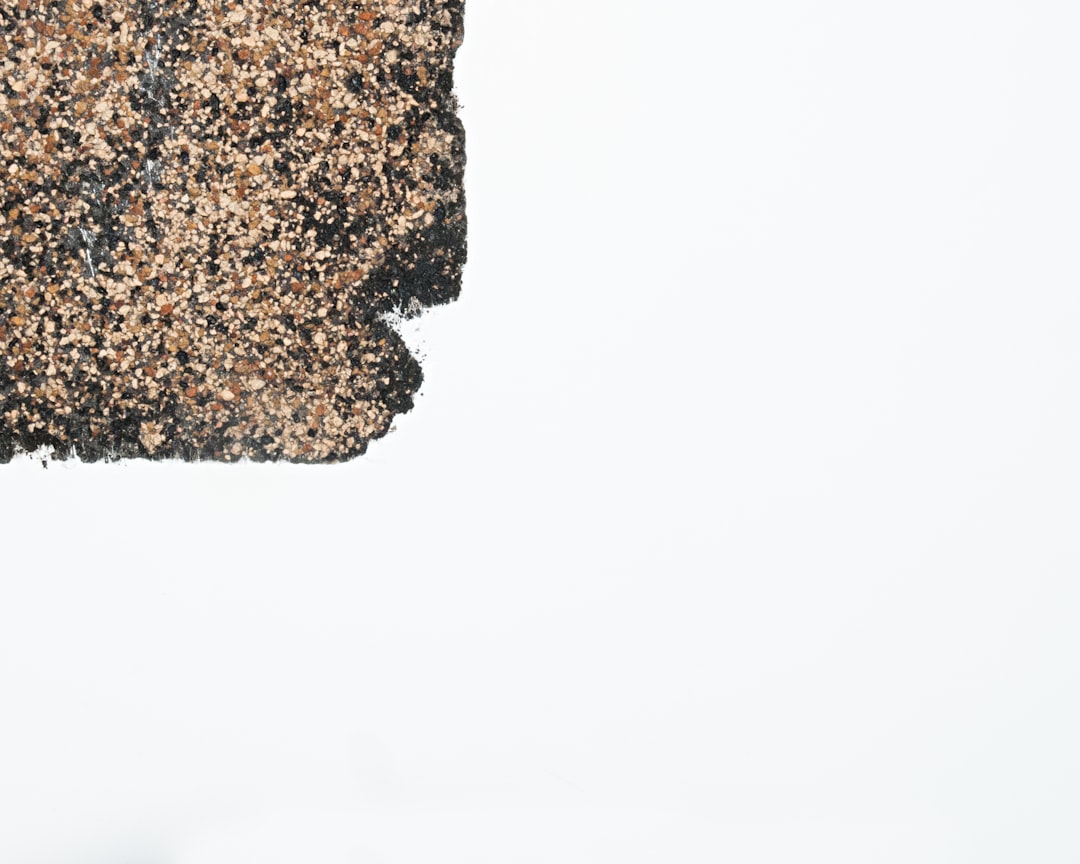
When considering shingle roofing for enhanced protection, it’s crucial to understand the materials involved and their longevity. Shingles are typically composed of asphalt, fiberglass, or organic bases, each offering different levels of durability and performance. Asphalt shingles, reinforced with fiberglass, are a popular choice due to their balance of cost-effectiveness and resilience against wind and fire. They come in three-tab or laminated architectural styles, the latter providing greater strength and visual appeal. The lifespan of asphalt shingles can range from 15 to 30 years, depending on local climate conditions, installation quality, and maintenance practices. Homeowners should also be aware of the shingle’s granule composition, which protects against UV radiation and safeguards the integrity of the shingle. During roofing projects, it’s essential to assess the condition of existing shingles and underlying materials to determine if a full replacement or repair is necessary for optimal protection and longevity. Choosing the right type of shingle, coupled with professional installation, ensures a robust defense against environmental elements, thereby safeguarding the home for years to come.
The Step-by-Step Process of Shingle Replacement for Enhanced Protection
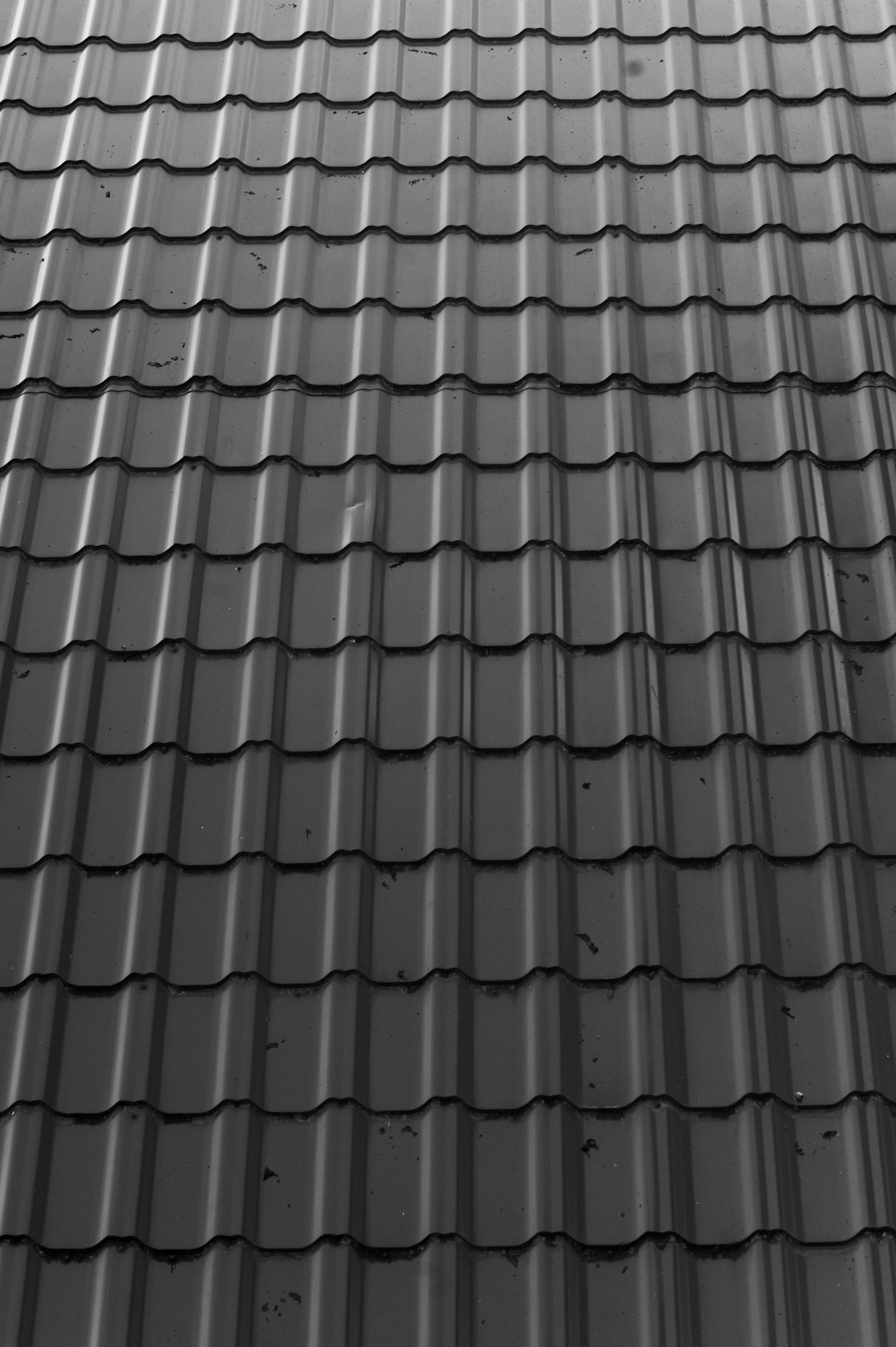
When considering roof shingle replacement for enhanced protection, a meticulous step-by-step process is paramount to ensure the longevity and integrity of your roofing system. Begin by conducting a thorough inspection of your existing roof to identify any damaged, curled, or missing shingles that compromise the waterproof barrier. This initial assessment allows for targeted repairs rather than a complete overhaul.
Once you’ve assessed the condition of your roof, it’s time to proceed with the replacement. Start by removing the old shingles carefully, using a pry bar and a mallet to avoid damaging the underlying wood sheathing. Discard any shingles that are beyond repair, as they can affect the performance of new shingles. Next, inspect the roof deck for any rot or damage; make necessary repairs before proceeding. Apply a layer of asphalt roofing cement to the exposed areas as a precautionary measure against moisture intrusion.
With the substrate prepared, measure and cut new shingles to fit each section of your roof. Begin installation at the bottom edge of the roof, laying each shingle with its tab section exposed below and covered by the next shingle above. Use roofing nails to secure each shingle, driving them into the roof deck at a 45-degree angle for optimal hold without penetrating fully through the shingle. Work your way up the roof, ensuring overlapping shingles are even and aligned for maximum water resistance.
For enhanced protection, consider high-quality architectural shingles which offer greater durability and improved wind resistance compared to traditional three-tab shingles. Additionally, apply a layer of ice and water shield membrane in valleys, around chimneys, and other vulnerable areas to further protect against leaks due to ice dams or extreme weather conditions.
Throughout the replacement process, adhere to all safety precautions, including using fall protection equipment when working at heights. Lastly, ensure proper disposal of old shingles and debris in accordance with local regulations to maintain a clean and safe environment during and after the project. By following these steps, you can achieve a robust and protective roofing system that safeguards your home against the elements for years to come.
Evaluating Your Current Roof: When to Replace Your Shingles
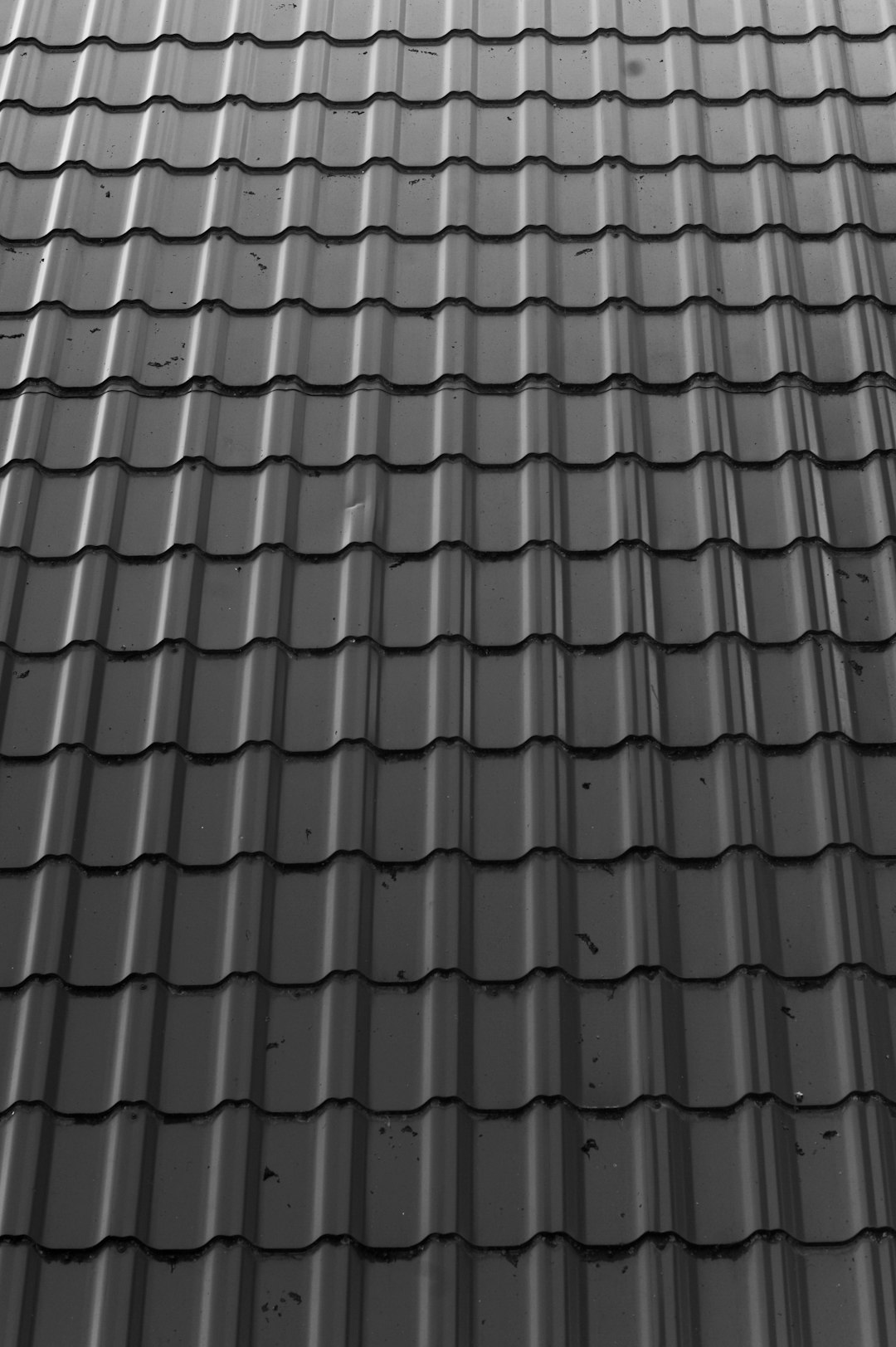
Considering the durability and integrity of your home’s roofing system is paramount for maintaining a secure and dry living environment. Homeowners should regularly assess their roofing to determine if shingle replacement or installation of new ones is necessary for enhanced protection. Environmental factors such as high winds, hail, and heavy snowfall can cause wear and tear over time, compromising the structural soundness of your roof. Signs of aging shingles include curling, cracking, or granule loss, which may indicate the need for a replacement. It’s advisable to conduct a thorough inspection after extreme weather events or when you notice any unusual changes on your roof. Professional roofers can provide a detailed evaluation, recommending the best course of action based on the condition of your existing shingles and the overall health of your roofing system. When making this decision, consider the age of your current shingles; as a general rule, most shingle systems have an expected lifespan of 20 to 30 years. If your shingles are approaching or have surpassed this timeframe, it’s prudent to plan for replacement, ensuring that your home remains shielded from the elements.
The decision to replace or install new shingles should also factor in the type of roofing material you currently have and any updates you may want to implement for improved functionality or aesthetic appeal. Advancements in roofing technology offer a variety of high-performance shingle options that can enhance both the visual aspect and resilience of your roof. These upgraded shingles often come with longer warranties, better resistance to elements, and energy-efficient properties that contribute to the overall comfort and efficiency of your home. When considering replacement or installation, it’s important to evaluate not only the condition of your existing shingles but also how new shingles might serve your home’s needs in the long term. This proactive approach can ensure that your roofing system continues to offer unparalleled protection against the elements for years to come.
Advanced Techniques in Shingle Installation for Superior Durability and Safety
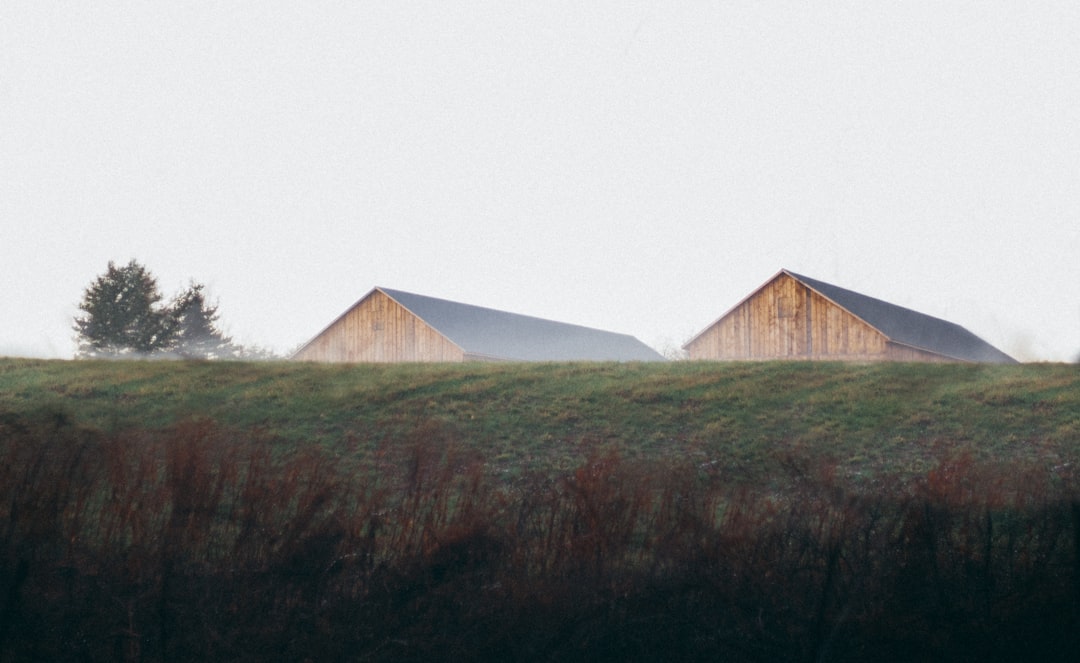
In the realm of residential roofing, advancements in shingle installation techniques have significantly enhanced the durability and safety of homes. Modern shingle technology, coupled with precise installation methods, provides a robust defense against the elements. Contractors now employ high-tech techniques such as asphalt shingle lamination and zonal reinforcement to create layers that are not only wind-resistant but also more resilient to extreme weather conditions. These enhancements contribute to a longer lifespan for the roof, reducing the frequency of costly replacements. Additionally, the integration of fire-retardant materials and reflective granules in shingles further bolsters safety and energy efficiency. By adhering to the latest industry standards and utilizing specialized tools like hydraulic nail guns for better alignment and sealant application, roofers ensure that each shingle is securely fastened, creating a waterproof barrier that safeguards the integrity of the structure. This commitment to excellence in installation practices not only extends the lifespan of the roof but also offers homeowners peace of mind, knowing their property is protected by a well-constructed and durable roofing system.
Homeowners seeking to fortify their homes against the elements should consider professional shingle replacement and installation services. By understanding the various materials and their longevity, homeowners can make informed decisions that align with their needs and budget. The detailed step-by-step process outlined in this article ensures that each replacement is performed with enhanced protection in mind. Regular evaluations of your roof can determine the optimal time for shingle upgrades, which is crucial for maintaining structural integrity and safeguarding against weather damage. Advanced installation techniques further bolster safety and durability, making shingle roofing a reliable choice for any residential property. Investing in quality shingle roofing through expert replacement and installation services not only extends the lifespan of your home but also provides peace of mind, knowing your property is shielded against the unpredictable nature of the environment.
